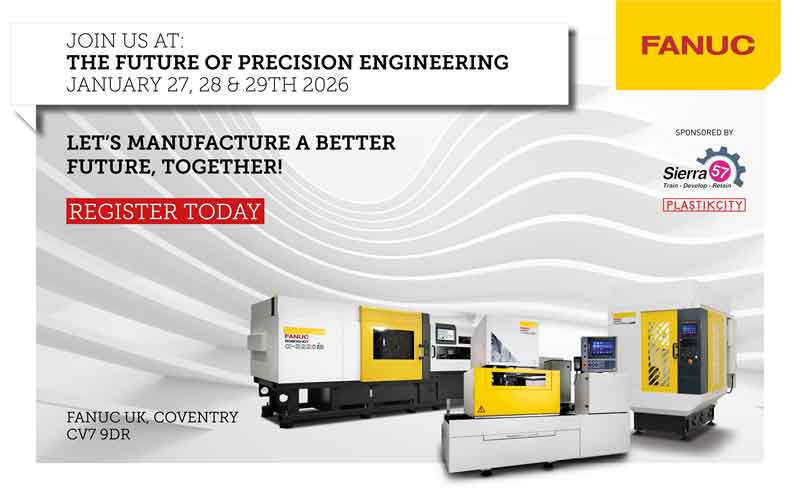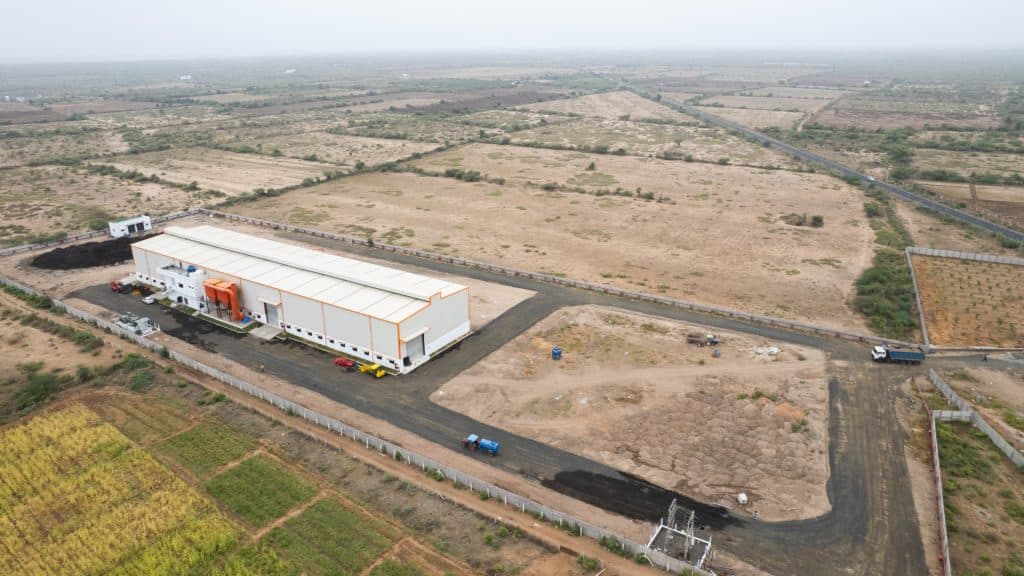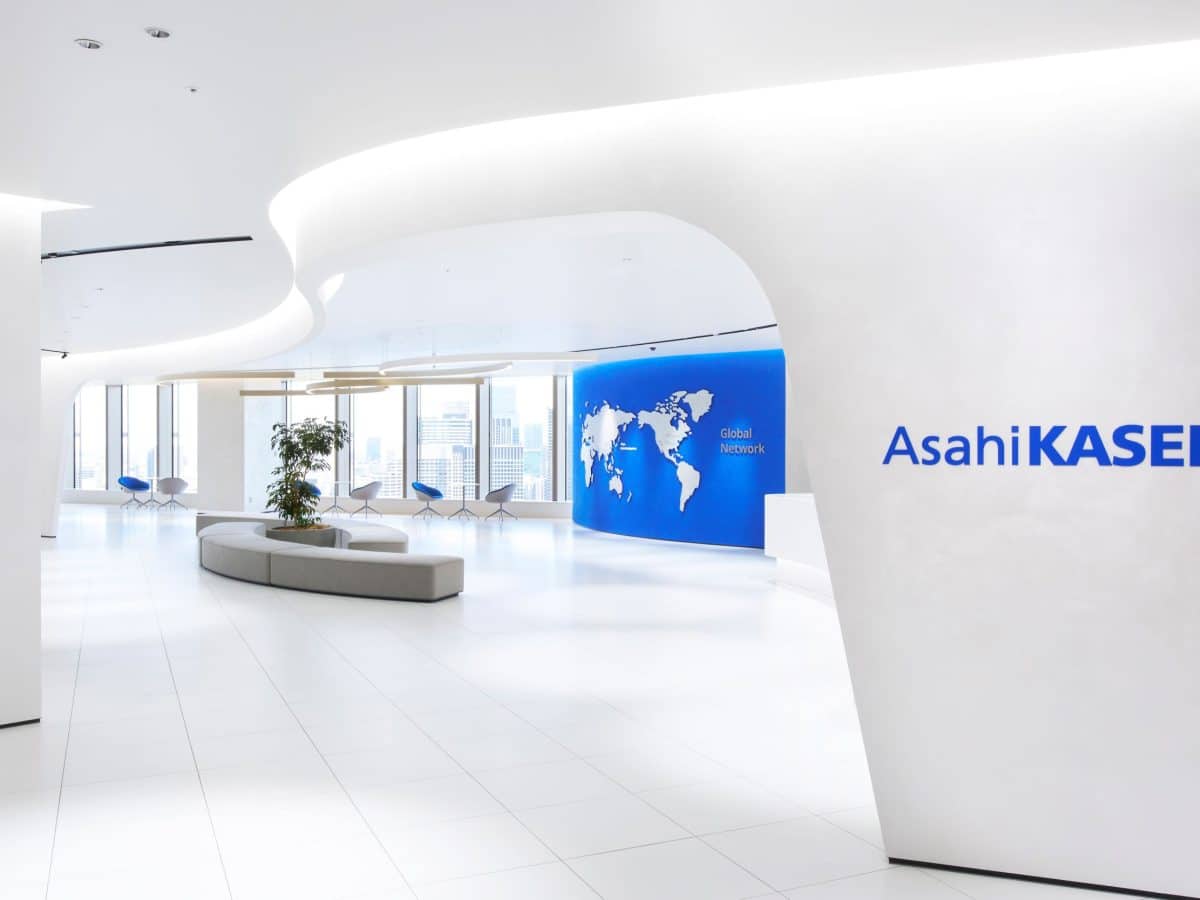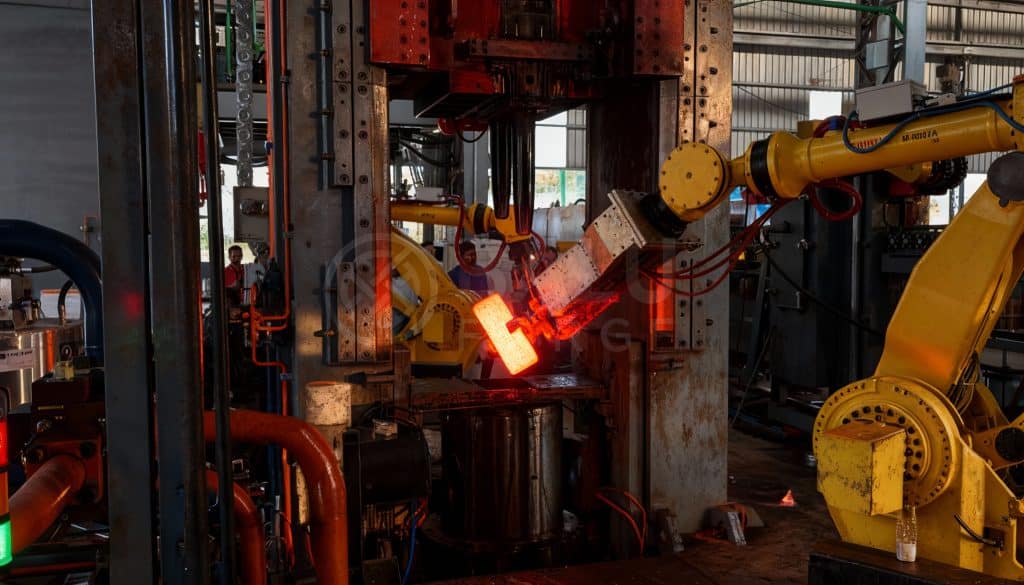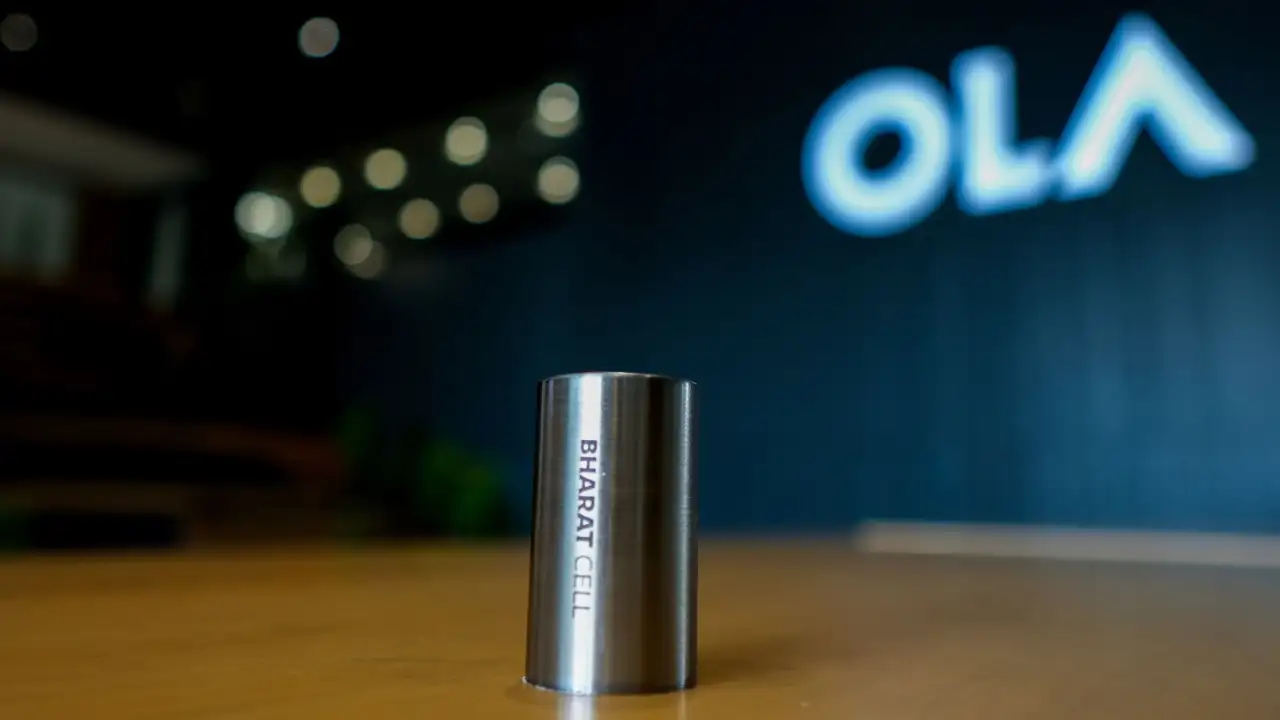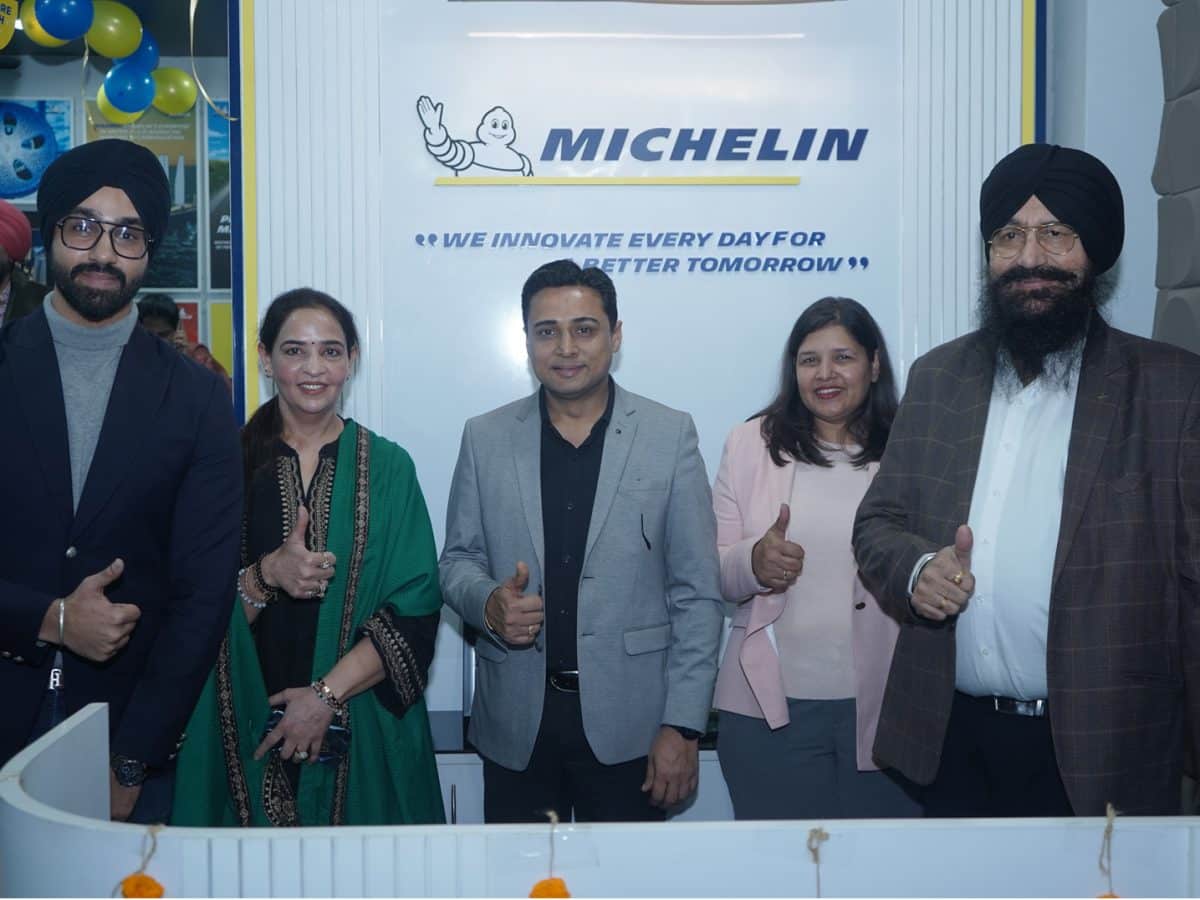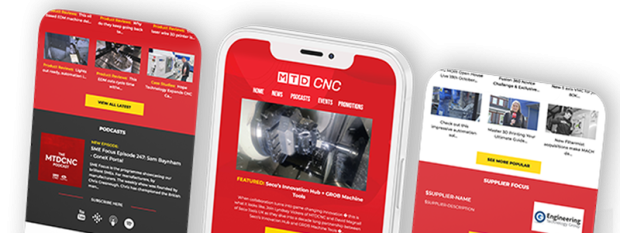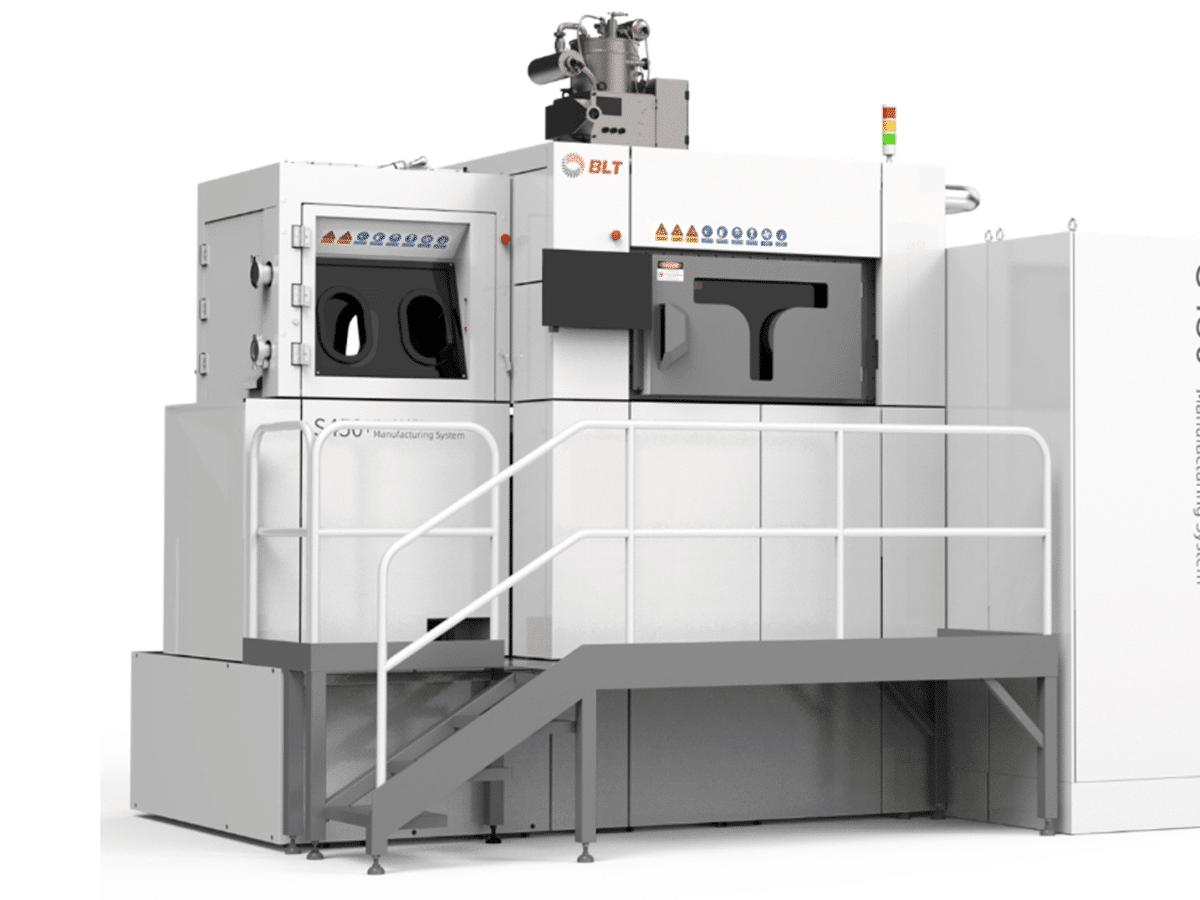
Accenture and Schaeffler Revolutionize Industrial Automation with Humanoid Robotics and AI Innovations!
By Ashutosh Arora
Accenture has joined forces with Schaeffler AG to push the boundaries of industrial automation, focusing on the integration of cutting-edge physical AI and robotics technologies. Their collaboration, to be showcased at Hannover Messe 2025, highlights the future of industrial workflows—from human-centric environments to fully automated systems—powered by innovative AI, simulation, and data technologies developed by NVIDIA and Microsoft.
Schaffler, a leader in motion technology, is tapping into disruptive innovations like physical AI, digital twins, and humanoid robots to enhance the efficiency and flexibility of its global manufacturing network. Andreas Schick, Chief Operating Officer of Schaeffler AG, explained, “Our collaboration with Accenture, NVIDIA, and Microsoft is enabling us to explore how new technologies can help us shape the factories of the future, driving operational excellence and flexibility.”
This collaboration features several advanced robotics systems, including Autonomous Mobile Robots (AMRs), Schaeffler’s mobile manipulator cobot EMMA, and humanoid robots like Agility Robotics’ Digit and Sanctuary AI’s Phoenix. These technologies are designed to automate complex tasks and enhance human-robot collaboration, with a focus on material handling, assembly, and inventory management.
One of the key highlights of this partnership is the proof-of-concept (PoC) designed to demonstrate how AI-powered simulations can revolutionize Schaeffler’s manufacturing operations. Accenture is using NVIDIA Omniverse digital twin technology to create virtual simulations of factory and warehouse layouts, enabling Schaeffler to optimize designs before physical construction begins. This approach not only reduces commissioning times but also ensures seamless material flow, where automated systems interact efficiently with human workers.
The PoC also focuses on integrating humanoid robots and physical AI into Schaeffler’s operations. By leveraging Mega, an NVIDIA Omniverse Blueprint, the companies are simulating the performance of humanoid robots and AMR fleets in industrial settings. This simulation helps robots like Digit and Phoenix handle complex tasks such as material handling and spare part assembly. NVIDIA’s vision AI is integral to the process, simulating real-world actions to improve the robots’ learning and adaptability.
In collaboration with Avanade, its joint venture with Microsoft, Accenture is also improving live robot operations at Schaeffler’s production sites. By using real-time data gathered from simulated environments, this initiative feeds into Microsoft Fabric, an AI-powered data platform. This integration allows operators to monitor key performance indicators (KPIs) such as robot availability, utilization, and efficiency. In turn, it helps identify and address operational issues quickly, optimizing performance and minimizing bottlenecks.
According to an Accenture study, 49% of factory managers believe that AMRs will be critical components of future manufacturing facilities, while 43% anticipate that humanoid robots will play a standard role in assembly processes. These advancements aim to offer more flexibility and dexterity in automation systems, where robots can collaborate more effectively with human workers, performing a wider range of tasks.
Mike Geyer, head of digital twins at NVIDIA, emphasized the importance of complex collaboration between humans, automation systems, and robot fleets for future factories. “By simulating and testing robots in industrial digital twins, Accenture and Schaeffler are redefining how robots will operate in future industrial settings,” he said.
Accenture and Schaeffler are not just focusing on simulations—they are also optimizing physical robot operations. At Schaeffler’s Schweinfurt site in Germany, Accenture has developed a solution using Microsoft Fabric and generative AI to provide real-time insights to factory workers. This solution allows engineers to interact with virtual factories via voice-controlled dashboards and simulation adjustments, thereby improving operational efficiency and enhancing response times to issues in production.
The collaboration between Accenture and Schaeffler, supported by NVIDIA and Microsoft, marks a pivotal shift in how industrial robots will operate in the future. With innovations in physical AI, humanoid robotics, and digital twins, this partnership is set to redefine how factories will evolve to become more flexible, efficient, and adaptive. The integration of AI, real-time data, and robotics into Schaeffler’s manufacturing processes underscores the growing potential of automation in transforming industrial landscapes globally.

